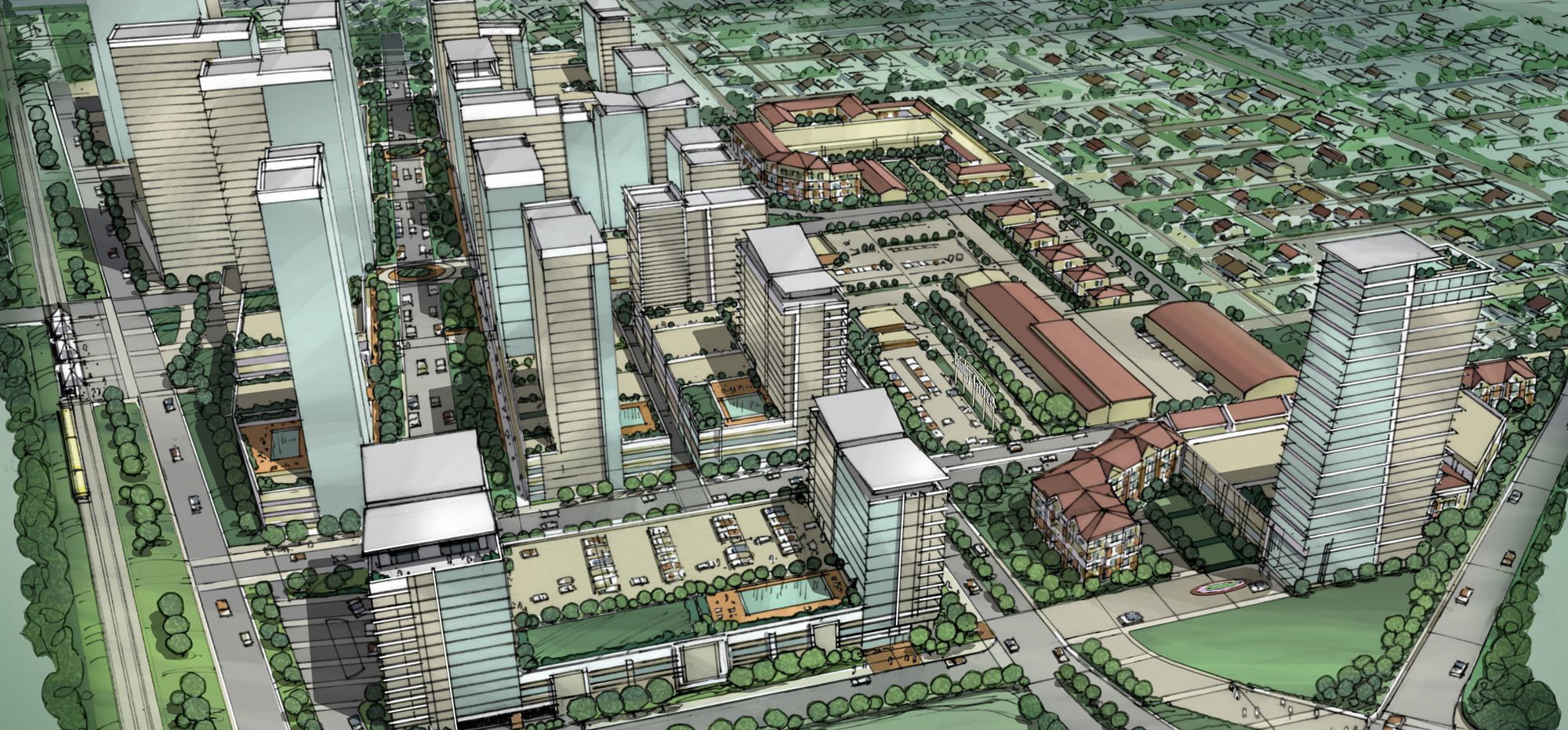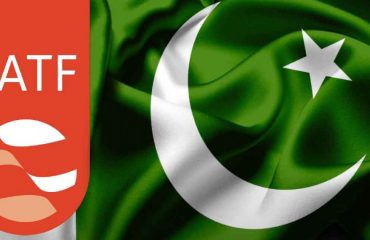In August 1947, a single propeller plane landed on a thin runway at an airport at Lahore’s Walton Airport. On the plane was Muhammad Ali Jinnah, already known then as Quaid e Azam. This was not Jinnah’s first visit to Lahore, in fact, it wasn’t even his most monumental. It was in this city that the first stone of the Pakistani nation-state was laid by Jinnah and her Islamic League in the 1940 “Lahore resolution.” But the landing of that plane in 1947 meant for another reason – it was the first time Jinnah will step into Lahore after the partition of the subcontinent.
The moment had to be strong. Lahore was one of the many cities that could go to India or Pakistan. Some would argue that the city went to Pakistan because of its larger Muslim population and its status as a former Capital of the Mughal Empire. The reality was less thoughtful. Lahore became part of Pakistan simply because of the line created by Sir Cyril Radcliff across the Indian subcontinent. For better or for worse, after that line was drawn, all of Lahore – its people, its culture, its economic and social future – were all connected with the state of Pakistan.
The Lahore in which Mr. Jinnah landed was quite different from the one we have before us today. First, Walton Airport at the time was practically in the middle of nowhere and surrounded mostly by plains and grass fields. Today it is barely a kilometer away from the hustle and bustle of what is considered the “central point” of Lahore. Then it was the only airport in Lahore and was founded by a group of philanthropic pilots in 1930. Today it is destroyed and replaced by tall commercial and residential buildings.
Don’t you believe us? Just look at the Lahore Central Business Districts Development Authority (LCBDDA) ‘Lahore Prime’ project – a mega high development project with favorable statutes fully supported by the Punjab government. Basically, the Punjabi government wants to demolish the Walton Airport and hand it over to real estate developers to make both commercial and residential high-rise real estate in one of the most central locations in the city. On August 5, an auction will be held for plots in this area where private developers can offer to acquire their land and start building their tall buildings. And it’s not just this airport – the government is also looking at a Vahdat colony and a Railway colony. These projects and others similar to them tell us one thing and one thing: Lahore has met face-to-face with his vertical calculation, and the Punjabi government is everything.
There are, however, a few hiccups. First, why exactly is the government now intervening and deciding that they want to do big mega projects, and what are the areas they are choosing to undertake these projects? More important than that is the question of whether Lahoris will bite and make this a success. The final question is more theoretical – if this gambit of the Punjabi government succeeds, what does it mean for the rest of Pakistan? And more specifically, considering that they are striving at their best level to make Lahore a viable “central business district”, what does it mean for the current financial capital of Karachi in Pakistan?
Note: Access to the full article is limited to paid subscribers only. If you are already a paid subscriber, please login here. Otherwise, you can choose to purchase a subscription package below for as little as Rs 275 / month:



